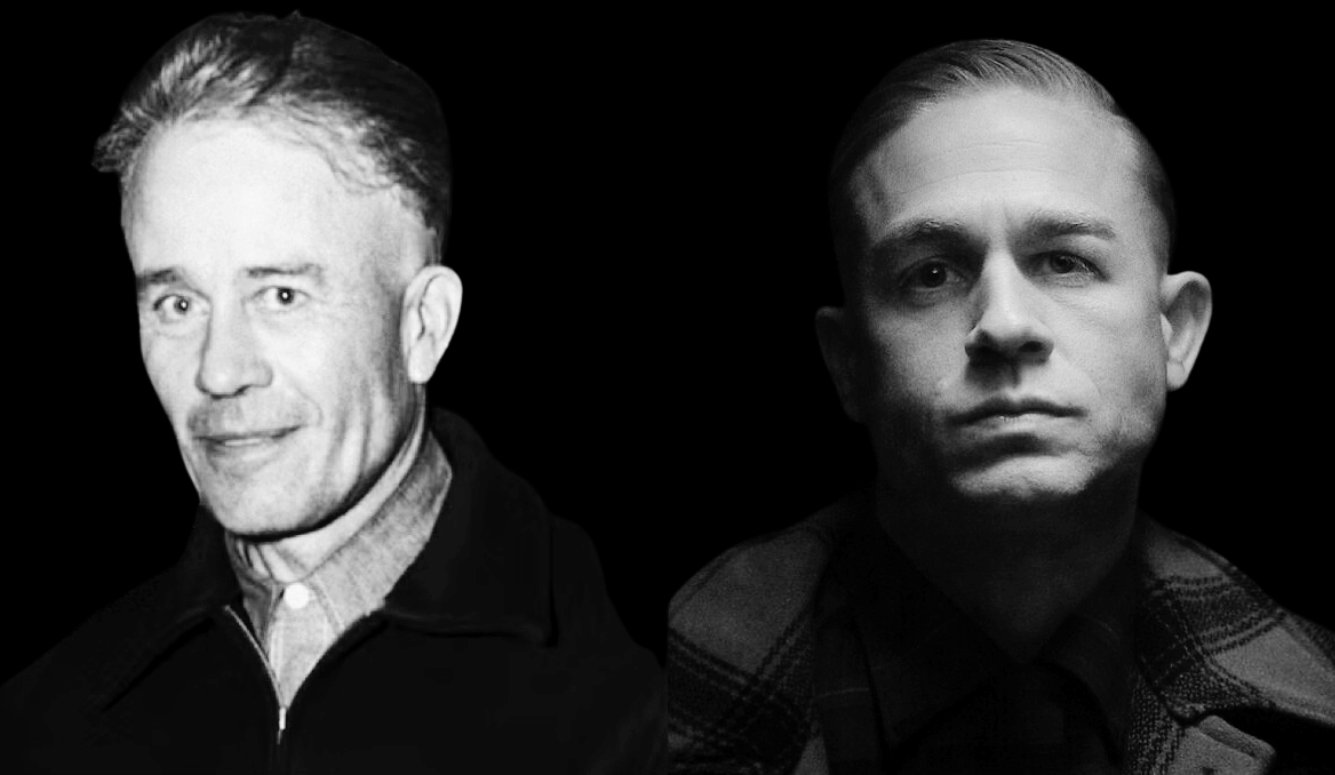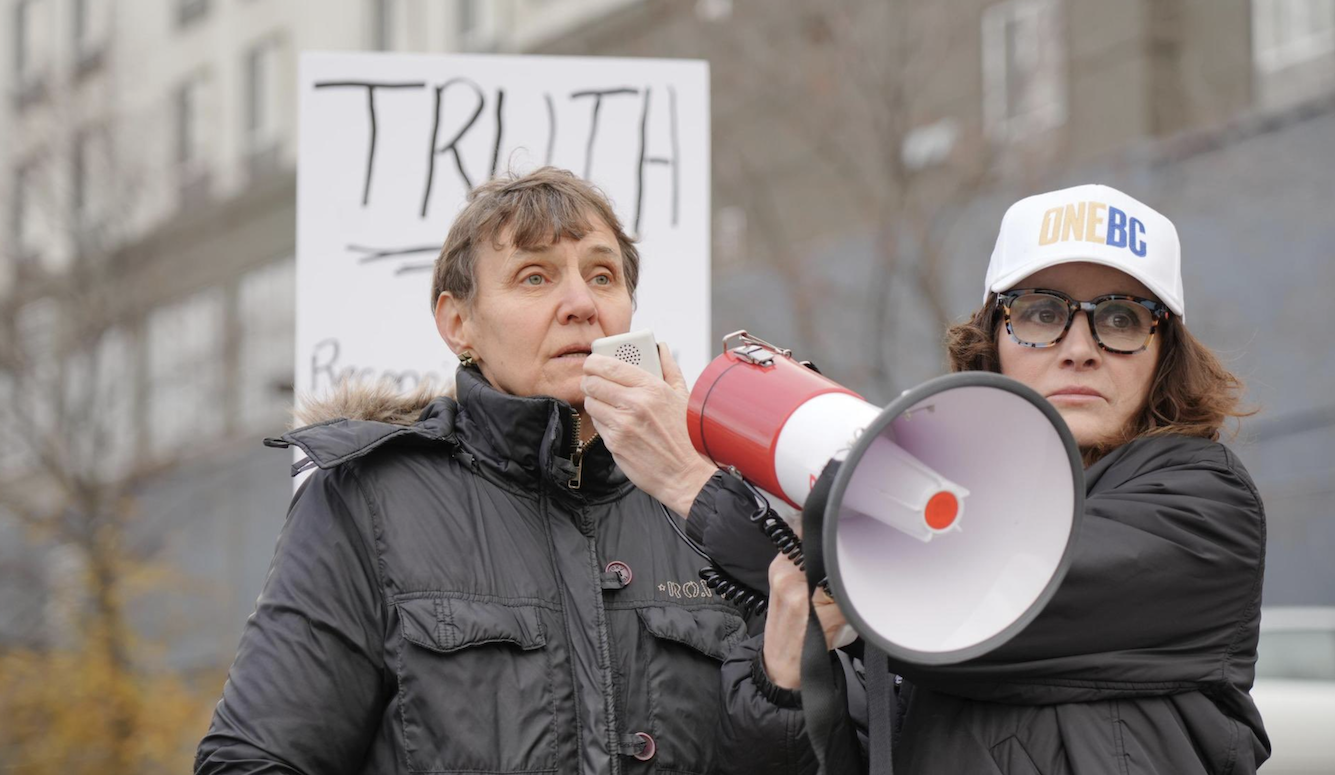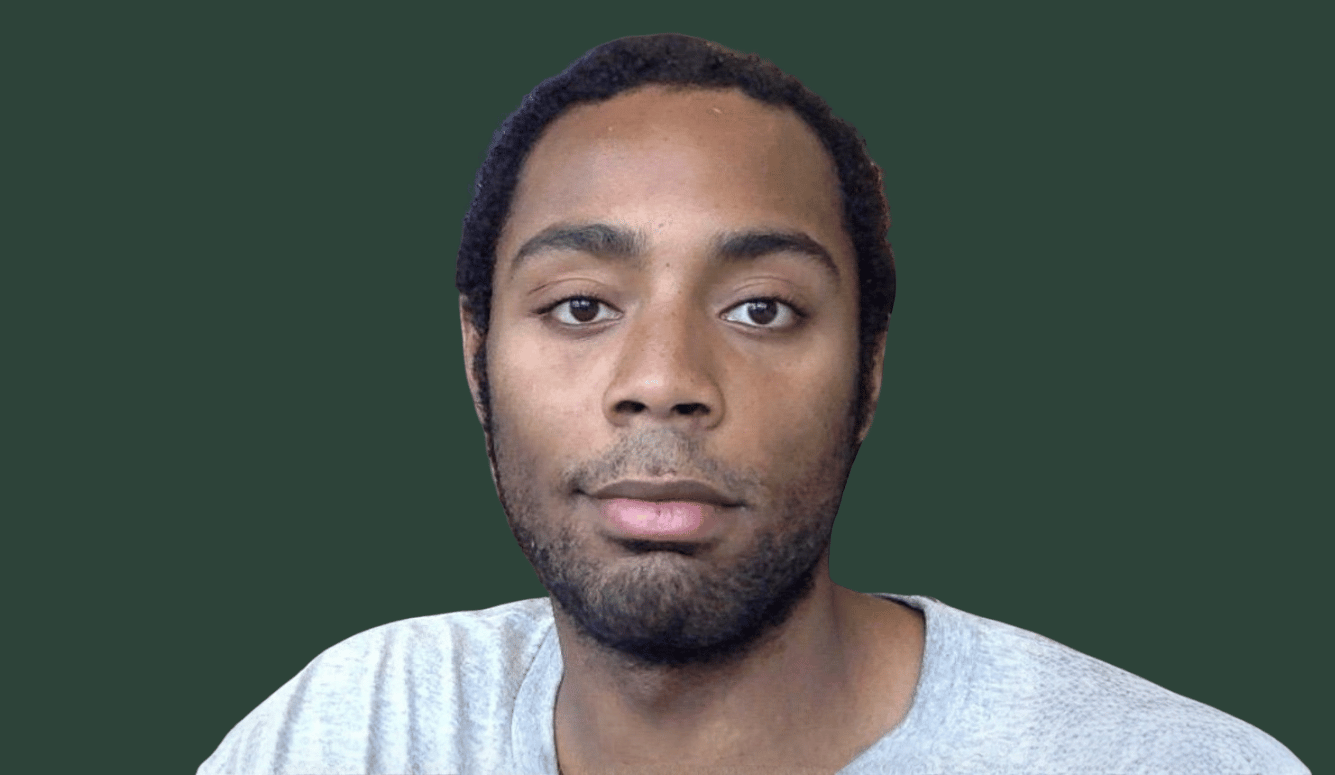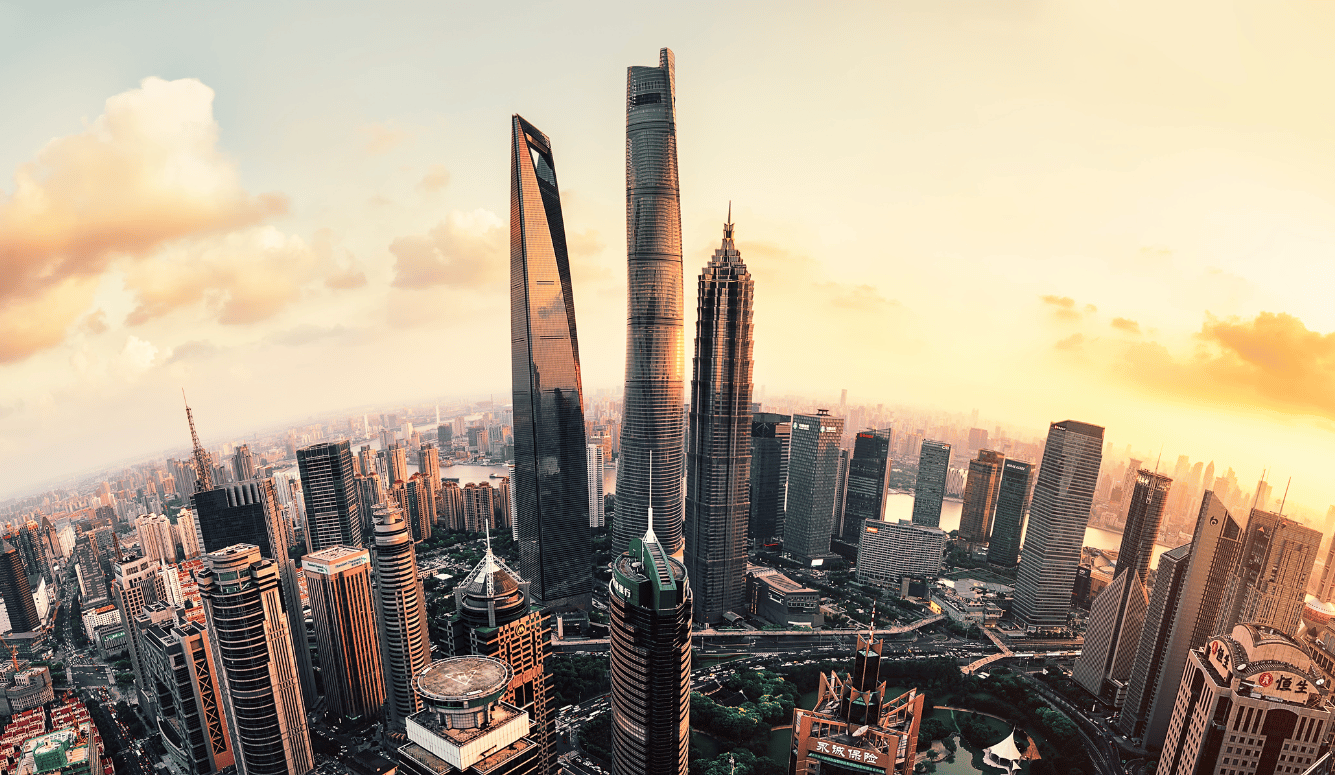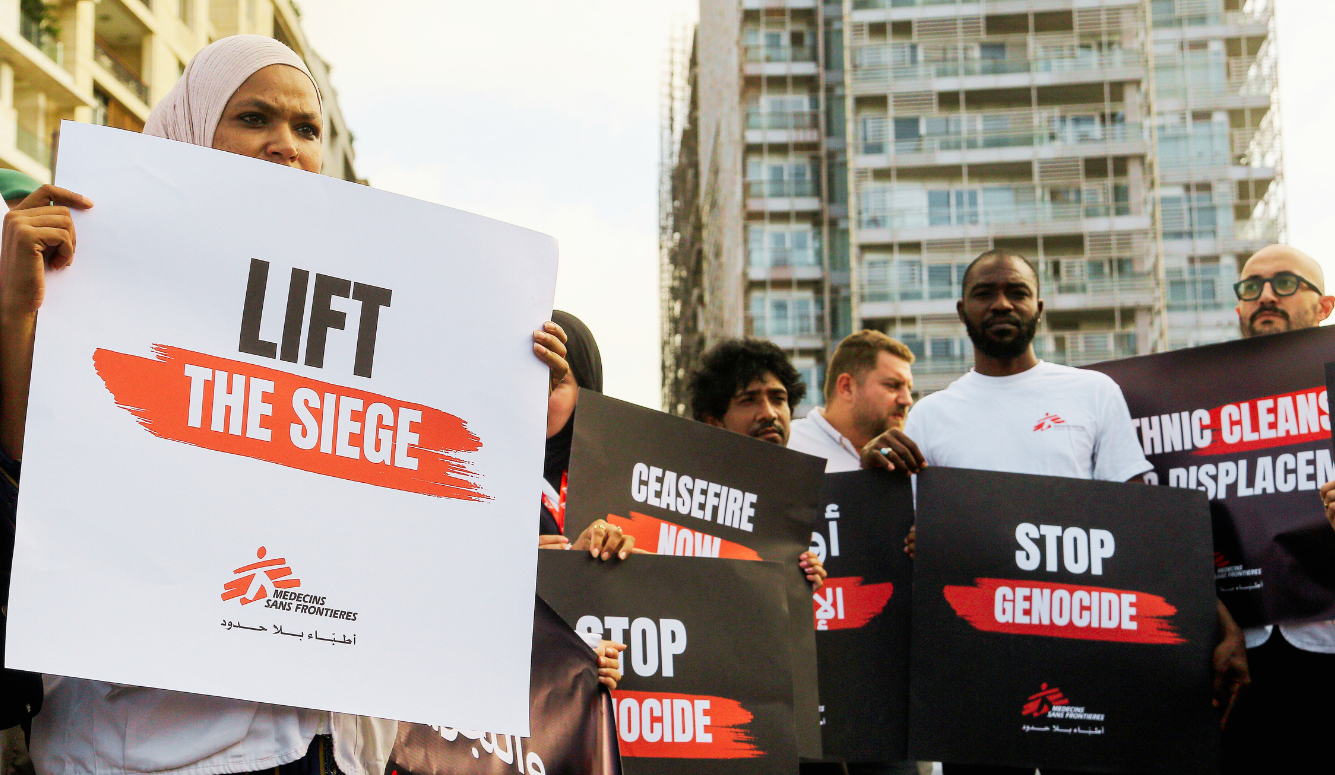Canada
Explaining Canada’s Cult of ‘Decolonial Futurity’ to Americans
Legions of Canadian university students are now required to mumble fatuous platitudes about decolonisation as a condition of graduation. It’s effectively become Canada’s national liturgy.
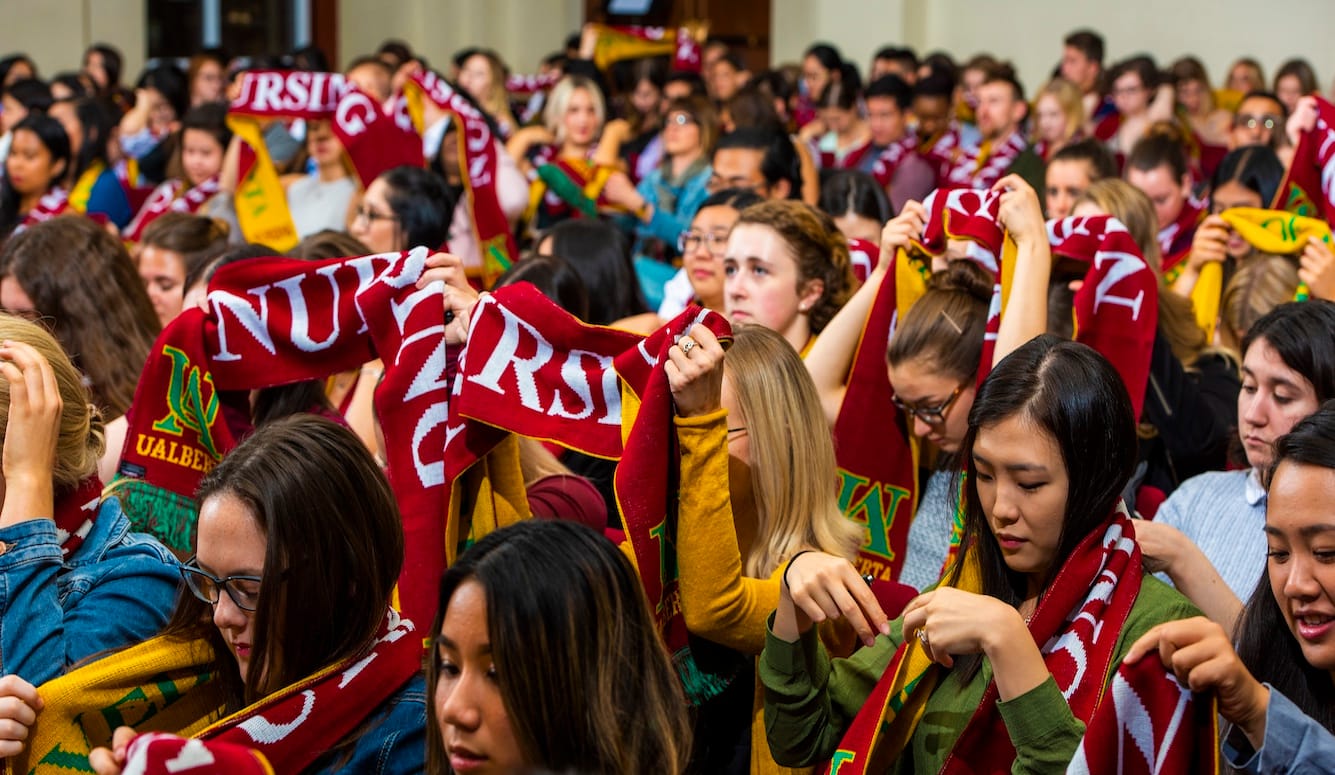
Last month, I received a tip from a nursing student at University of Alberta who’d been required to take a course called Indigenous Health in Canada. It’s a “worthwhile subject,” my correspondent (correctly) noted, “but it won’t surprise you to learn [that the course consists of] four months of self-flagellation led by a white woman. One of our assignments, worth 30 percent, is a land acknowledgement, and instructions include to ‘commit to concrete actions to disrupt settler colonialism’… This feels like a religious ritual to me.”
Canadian universities are now full of courses like this—which are supposed to teach students about Indigenous issues, but instead consist of little more than ideologically programmed call-and-response sessions. As I wrote on social media, this University of Alberta course offers a particularly appalling specimen of the genre, especially in regard to the instructor’s use of repetitive academic jargon, and the explicit blurring of boundaries between legitimate academic instruction and cultish struggle session.
There's a mandatory course for @UAlberta Nursing students called “Indigenous Health in Canada.” An important subject. But as one student told me, it’s just “4 months of self-flagellation led by a white woman.” Course materials suggest it’s basically activist political propaganda pic.twitter.com/9k0H20e4u5
— Jonathan Kay (@jonkay) January 20, 2025
Students are instructed, for instance, to “commit to concrete actions that disrupt the perpetuation of settler colonialism and articulate pathways that embrace decolonial futures,” and are asked to probe their consciences for actions that “perpetuate settler colonial futurity.” In the land-acknowledgement exercise, students pledge to engage in the act of “reclaiming history” through “nurturing…relationships within the living realities of Indigenous sovereignties.”

